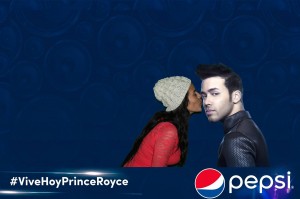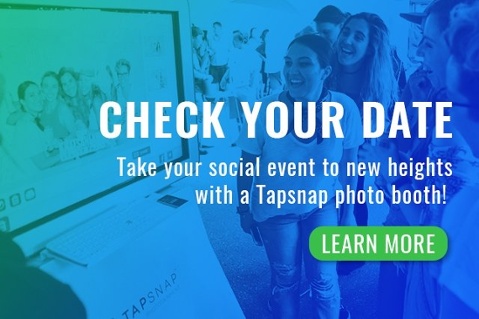 In the days when our daily media exposure came from traditional television, radio, and print, audiences were used to passively receiving marketing messages. When our only way of receiving media was to tune into one of a limited number of television stations or pick up a publication from a news stand, what choice did we have but to sit back and take in a commercial or flip past a print ad? But with the introduction of the Internet, PVRs, Netflix, and unlimited other options that put the audience in charge of what they choose to see, the effectiveness of the traditional marketing message, be it a TV commercial or a print ad, has faded. Audiences find 2 minute commercial breaks to be a bother; they often find being sold to directly to be an affront.
In the days when our daily media exposure came from traditional television, radio, and print, audiences were used to passively receiving marketing messages. When our only way of receiving media was to tune into one of a limited number of television stations or pick up a publication from a news stand, what choice did we have but to sit back and take in a commercial or flip past a print ad? But with the introduction of the Internet, PVRs, Netflix, and unlimited other options that put the audience in charge of what they choose to see, the effectiveness of the traditional marketing message, be it a TV commercial or a print ad, has faded. Audiences find 2 minute commercial breaks to be a bother; they often find being sold to directly to be an affront.
Even the big names in traditional media are recognizing this shift in what consumers find acceptable. NBCUniversal recently recognized that the way marketing worked in the past is becoming outdated, and decided to “create an ‘innovation fund’ for experimental marketing. A group… will be given a budget to dream up other ways to reach younger viewers through social media, guerrilla campaigns and other events.” (Rose par. 12)
Engagement marketing, also called experiential marketing, is the use of marketing strategy to involve customers with a branded experience. Rather than setting up a flat and passive “sender, message, receiver” dynamic, experiential marketing creates an experience that a customer will enjoy in order to make them connect positively with a brand. This creates longer-lasting impressions and a deeper connection than the traditional marketing message.
You can compare traditional marketing to engagement marketing like this, “Think of a salesperson who walks up to you in a store. You tell him thanks, you’re okay – you’re just looking. But he hovers and looms, finds ways to insert himself into your activity, and is a general annoyance. That’s what typical marketing feels like: intrusive and disruptive. Engagement Marketing is the opposite. It’s a salesperson who hangs back and engages you if/when you need help. Who can sense what you want to do, and help you arrive at that decision.” (Ippolito par. 8)
One of the greatest forms of experiential marketing is through events. Branded events are able to bring in large audiences who are sure to enjoy the experience, and connect that positive experience with the brand. This positive perception of the brand can convert the event-goer into a long-term, brand-loyal customer.
How can you turn your event into a branded experience? Take the lead of Hyundai, who at the 2014 Chicago Auto Show used a TapSnap photo booth to create a "Zombie Survival Chop Shop". Visitors to their booth were able to take photos against a green screen, then add in digital props to create a scene in which they fought off zombies in a post-apocalyptic setting. The photos were then shared to social media where they reached over 10,000 viewers.
So the next time you’re designing a marketing plan, remember that your audience values experiences, and an un-intrusive marketing message. Are you going to be that nosey salesperson that consumers view as an annoyance, or a helpful salesperson that provides them with what they value?
You can contact TapSnap at 877 577 0566 or info@tapsnap.net to find out how we can assist with your experiential marketing strategy. Check out our website at www.tapsnap.net.
Sources:
Rose, Lacey. "Bonnie Hammer Tops Women in Entertainment Power 100 List, Reveals Bold New Strategy." The Hollywood Reporter. 10 Dec. 2014. Web. 15 Dec. 2014. <http://www.hollywoodreporter.com/news/bonnie-hammer-tops-women-entertainment-755491>.
Ippolito, Greg. "Engagement Marketing 101 (Redux)." MediaPost. 18 Apr. 2012. Web. 15 Dec. 2014. <http://www.mediapost.com/publications/article/171988/engagement-marketing-101-redux.html>.



Comments